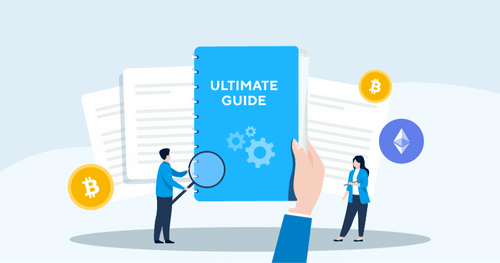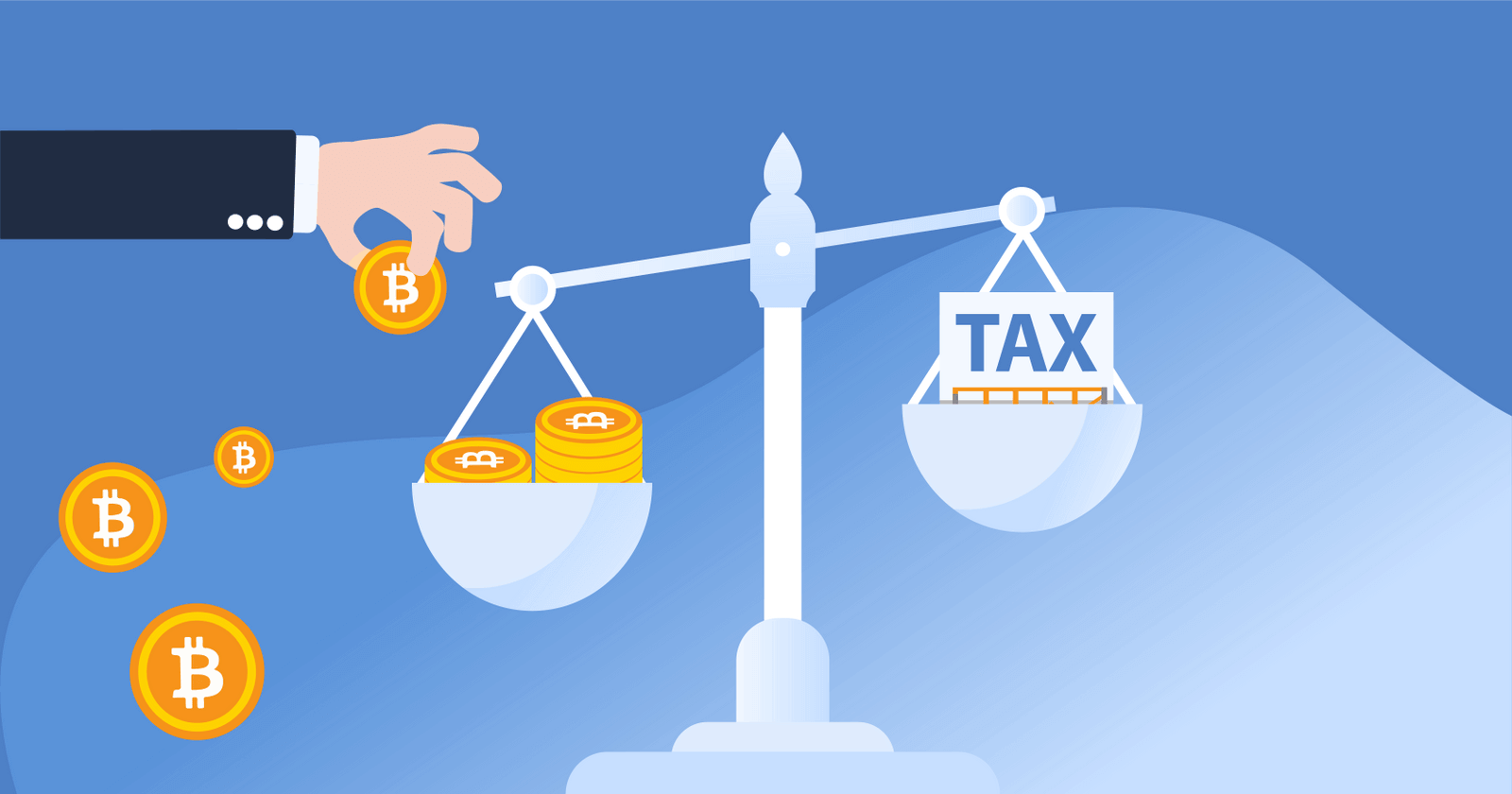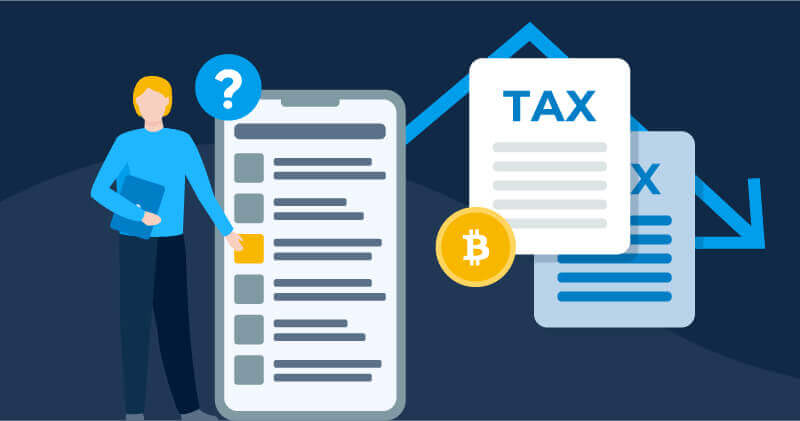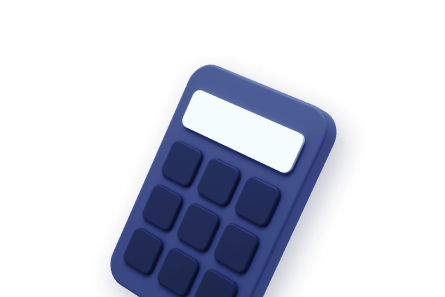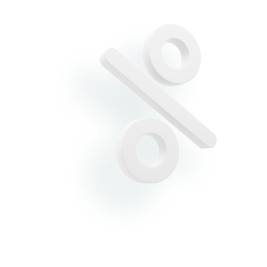9 Best Cryptocurrencies for Mining (Easy to Hard)
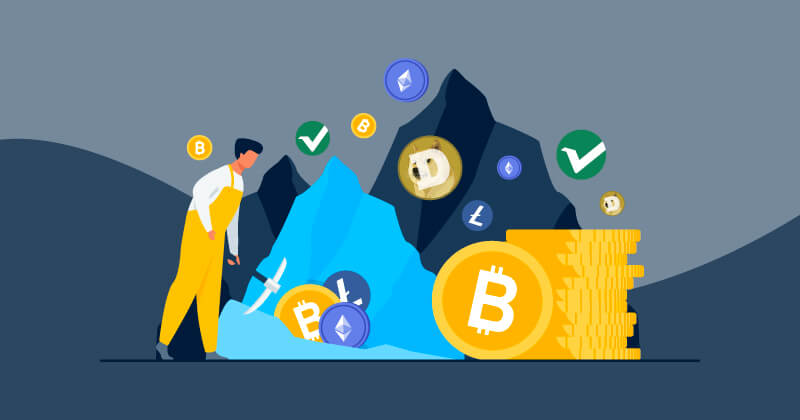


This article walks through some of the best cryptocurrencies to mine in 2024, based on factors like hardware requirements and mining rewards per block.
Best Cryptocurrencies to Mine

1. Bitcoin (BTC)
Mining Rewards Per Block: 3.125 BTC
Hardware Requirements: High-end ASIC miners
Difficulty: Very hard
Bitcoin is the most popular cryptocurrency in the world — which means that it’s one of the first cryptocurrencies aspiring miners look at! It’s important to note that mining Bitcoin is incredibly competitive and requires a high initial investment, which means it may not be the best choice for at-home miners.

2. Monero (XMR)
Mining Rewards Per Block: 0.6 XMR
Hardware Requirements: CPU or GPU (ASIC-resistant)
Difficulty: Easy
Monero is a privacy-focused blockchain that makes transactions completely untraceable. Unlike other blockchains, Monero is accessible for at-home miners! Because the blockchain is ASIC-resistant — at-home miners can compete using affordable CPUs and GPUs.
It’s important to consider regulatory risks before you get started mining Monero. In recent years, many exchanges have delisted Monero due to pressure from regulators, who claim that the cryptocurrency can potentially be used for illegal activities.

3. Zcash (ZEC)
Mining Rewards Per Block: 1.5625 ZEC
Hardware Requirements: GPU or more efficient ASIC miners
Difficulty: Easy
Zcash is a privacy-focused coin that offers accessible rewards for at-home miners. Zcash also has mining pools available for miners who want higher chances of earning rewards!
Like Monero, Zcash has been delisted by many major exchanges due to regulatory pressures.

4. Ravencoin (RVN)
Mining Rewards Per Block: 2,500 RVN
Hardware Requirements: CPU or GPU (ASIC-resistant)
Difficulty: Easy
Vertcoin is an open-source Bitcoin variant that was designed to be easier to mine at home. Like Ravencoin and Monero, Vertcoin is ASIC-resistant.

5. Vertcoin (VTC)
Current Mining Rewards: 12.5 VTC/block
Hardware Requirements: CPU or GPU (ASIC-resistant)
Difficulty: Easy
Vertcoin is an open-source Bitcoin variant. Like Ravencoin and Monero, Vertcoin is ASIC-resistant.

6. Dash (DASH)
Mining Rewards Per Block: 2.3097 DASH
Hardware Requirements: GPU/ASIC recommended
Difficulty: Easy/Medium
Dash was created as a hard fork of Bitcoin designed to offer faster transactions and more privacy. While you can mine DASH with a GPU, using an ASIC will give you a greater chance of earning profits.

7. Ethereum Classic (ETC)
Mining Rewards Per Block: 2.048 ETC
Hardware Requirements: GPU/ASIC recommended
Difficulty: Easy/Medium
Ethereum Classic was created after the 2016 DAO hack — when Ethereum was split into two blockchains — Ethereum and Ethereum Classic. While Ethereum Classic (ETC) is significantly less popular than ETH, it is an easy cryptocurrency for at-home miners to get started with.

8. Dogecoin (DOGE)
Mining Rewards Per Block: 10,000 DOGE
Hardware Requirements: ASIC miners
Difficulty: Medium
Originally started as a meme, Dogecoin has garnered a massive following and mining community — partially due to an endorsement from Tesla CEO Elon Musk. While Dogecoin is easier to mine than Bitcoin because block rewards are more frequent, it does require expensive ASIC equipment.

9. Litecoin (LTC)
Mining Rewards Per Block: 6.25 LTC
Hardware Requirements: ASIC miners
Difficulty: Hard
Litecoin — a cryptocurrency designed for instant peer-to-peer transactions — remains a popular choice for cryptocurrency miners. While it can be difficult for at-home miners to compete with large-scale LTC mining operations, you’ll likely earn profits if you join a LTC mining pool.
Bonus: NiceHash Mining!
NiceHash is a great option to earn cryptocurrency rewards in BTC for at-home miners.
NiceHash is a network that allows interested investors to ‘rent’ hashpower from miners. NiceHash users select the cryptocurrency they’re interested in mining, then use hashpower from the NiceHash network to mine that cryptocurrency. Miners then receive all payouts in BTC.
NiceHash is a great way to earn Bitcoin without competing with large-scale miners on the Bitcoin network!
What should I take into account before getting started mining?
Account for costs and volatility
Before you get started mining, it’s important to account for associated costs — which may include electricity costs and the cost of hardware.
Before you get started, you should understand how much electricity costs in your area, and what your budget is for buying mining hardware.
Remember, your mining operation may not be profitable if costs are too high or the market goes through a severe downturn.
If you’re planning to mine crypto at home, you should be aware that hardware machines could cause disruption to your lifestyle. For example, ASIC miners are often noisy and generate a significant amount of heat — which means they’re often not suited for at-home mining.
Consider a mining pool
Mining pools allow miners to pool together resources to earn rewards. It can be a great way to increase your chances of earning block rewards (though you’ll have to share these rewards with other miners in the pool).
Tax implications
Remember, mining cryptocurrency comes with tax liabilities.
To accurately report your taxes to the IRS, you’ll need to keep detailed records of all of your income and disposals of mining rewards throughout the year. It’s also recommended that you put a portion of profits aside to pay off your tax bill.
We’ll go into more detail about the tax implications from crypto mining later in the article.
Is it still profitable to mine Bitcoin?
Your chances of earning cryptocurrency is impacted by competition. The more miners on a blockchain, the more difficult it is to mine a given cryptocurrency.
Because of its popularity, Bitcoin is one of the most difficult cryptocurrencies to mine profitably. At-home miners often find themselves losing money on equipment and electricity costs while competing with large-scale BTC mining operations.
While it may be profitable to mine Bitcoin through a mining pool, you may find more success mining lesser-known cryptocurrencies.
What do I need to get started mining?
If you’re looking to get started hobby mining, you’ll need the following:
- Mining hardware: You’ll need dedicated mining hardware to get started earning rewards. Hobby miners typically use cheaper GPUs or CPUs, while professional miners typically rely on more expensive ASIC hardware.
- Mining software: Mining software connects your hardware to the blockchain. There are many free mining software programs available for at-home miners!
- Cryptocurrency wallet: A cryptocurrency wallet allows you to hold the cryptocurrencies you mine. A hardware wallet like Ledger can be a great option, since they store your private keys offline and provide an extra layer of security!
Before you get started mining cryptocurrency at home, it’s important to consider potential tax implications.
How is my mining income taxed?
For most at-home miners, crypto mining rewards are taxed as income upon receipt and capital gains upon disposal.
It’s recommended that you use crypto tax software to keep accurate records of your mining income throughout the year.
“The #1 thing that we want to make sure miners understand is that when you mine cryptocurrency, you generate income upon receipt. That makes it important to track your mining income throughout the year and keep profits aside in USD that you can use to pay your tax bill. In the past, we’ve seen miners who haven’t followed these best practices get impacted by market downturns right before the tax deadline. Often, these miners end up with large tax bills they can no longer afford.” - Jordan Bass, Owner of Taxing Cryptocurrency
Is my mining operation a business or a hobby?
Your mining operation may be treated differently depending on whether it’s considered a business or a hobby by the IRS.
You do not need to have a business license to be taxed as a business. The IRS uses a range of different factors to determine the difference between a business and a hobby, including the following:
- Whether you carry activity in a businesslike manner and maintain complete and accurate books and records.
- Whether you put time and effort into the activity to show they intend to make it profitable.
- Whether you depend on income from the activity for their livelihood.
- Whether you have personal motives for carrying out the activity such as general enjoyment or relaxation.
- Whether you have enough income from other sources to fund the activity
While businesses can deduct relevant expenses on their taxes, hobbyists cannot.
The line between a ‘business’ and a ‘hobby’ can get blurry. If you’re not sure what category your mining operation falls into, reach out to your tax professional.
Conclusion
While getting started with mining can be difficult, it can be a great way to earn a passive income. Before you get started, do research on which cryptocurrency is best for you, and how you can account for the tax implications of your mining activity.
Frequently asked questions































%20(1).png)







.png)
